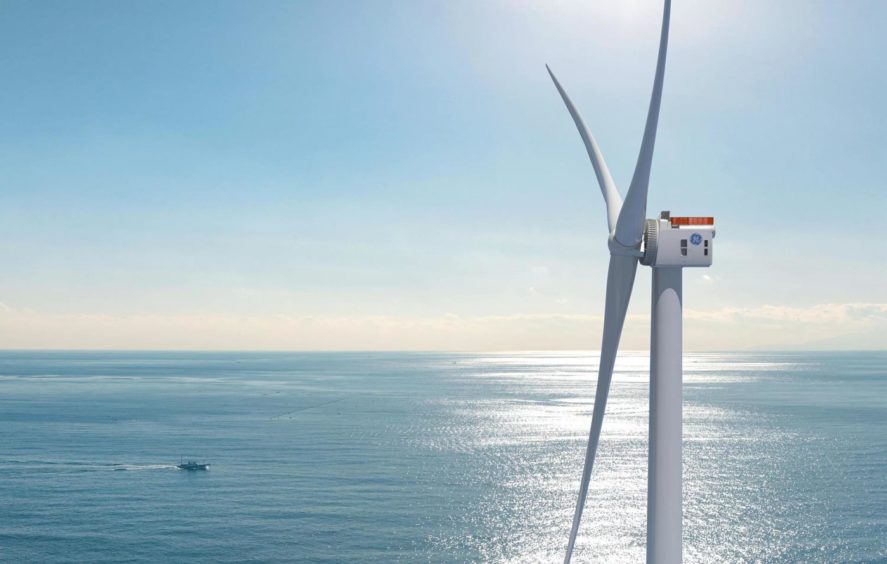
GE Renewable Energy and Toshiba Energy Systems and Solutions have made a strategic partnership agreement to develop local manufacturing of GE’s Haliade-X offshore wind turbine in Japan as the market is set to boom.
The pair said the agreement will help GE’s offshore wind technology become more competitive in the upcoming auctions in Japan. The two companies said that they will leverage their collective technology, manufacturing facilities and skills, construction, operation, and maintenance expertise as part of the pact.
“Toshiba brings local manufacturing capabilities, a highly skilled workforce, strong energy domain expertise including in wind power, and an in-depth knowledge of the Japanese offshore market. GE has the most powerful offshore wind turbine in operation, the engineering and project management experience needed to support complex offshore wind projects, and extensive experience in Japan,” the companies said in a statement.
“As part of the strategic partnership, GE will provide the Haliade-X technology, provide parts and components for nacelle assembly, and support Toshiba in jointly developing a local supply chain as well as completing assembly of the nacelles with best-in-class quality standards. Toshiba will assemble, warehouse, transport Haliade-X nacelles, provide preventative maintenance services and have critical sales and commercial responsibilities for the Japanese market,” they added.
As part of its green growth strategy for becoming carbon neutral by 2050 the Japanese government plans to award 10 GW of offshore wind capacity by 2030 with tenders of 1 GW per year. The plan calls for installing 30 to 45 GW of offshore wind turbines, including floating offshore wind turbines, by 2040, in part through the development of a competitive domestic supply chain.
The offshore wind market in Asia is expected to experience massive expansion over the next five to 10 years, particularly in the more advanced economies of Taiwan, Japan and South Korea, as governments face increasing pressure to focus on climate change, renewable energy sources, and hit their net-zero emissions targets.
Read Energy Voice’s latest report:
Vast opportunities loom as Asia offshore wind gets set for massive expansion
Recommended for you

